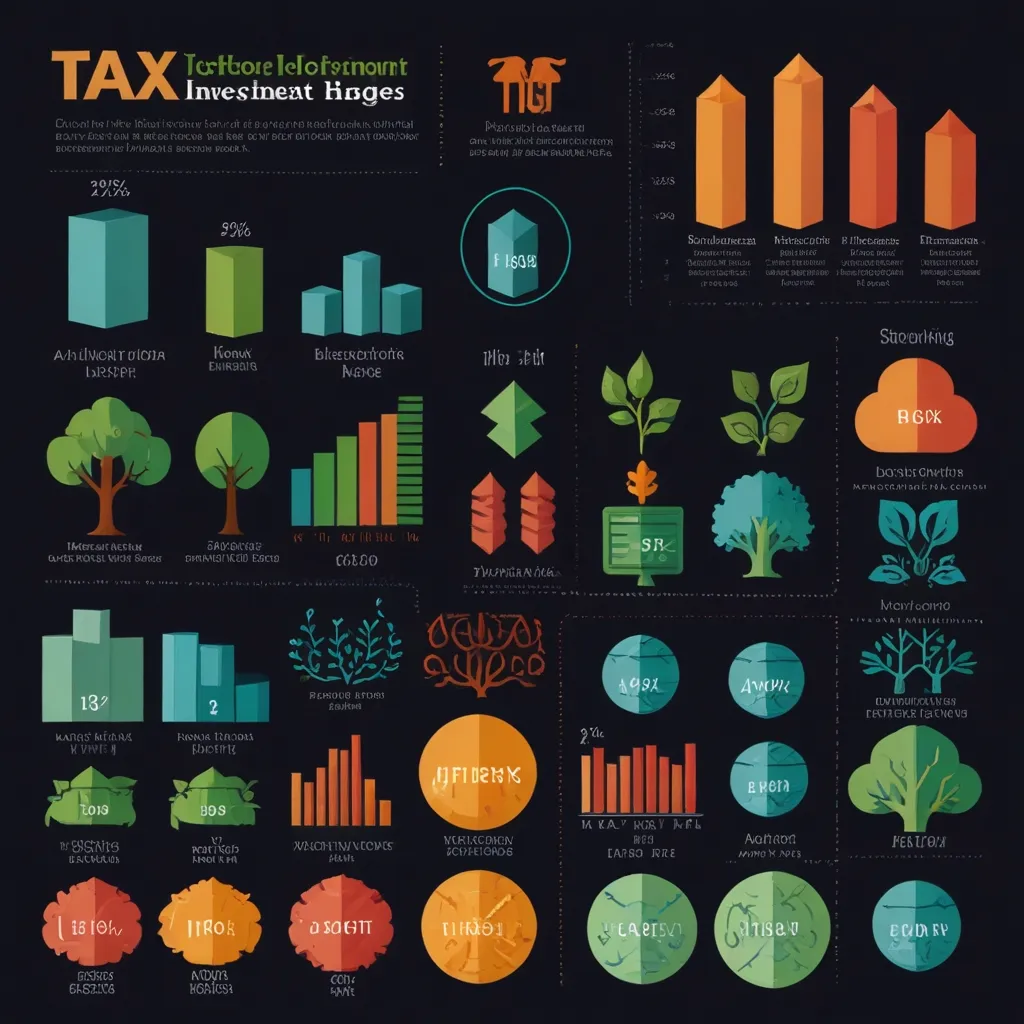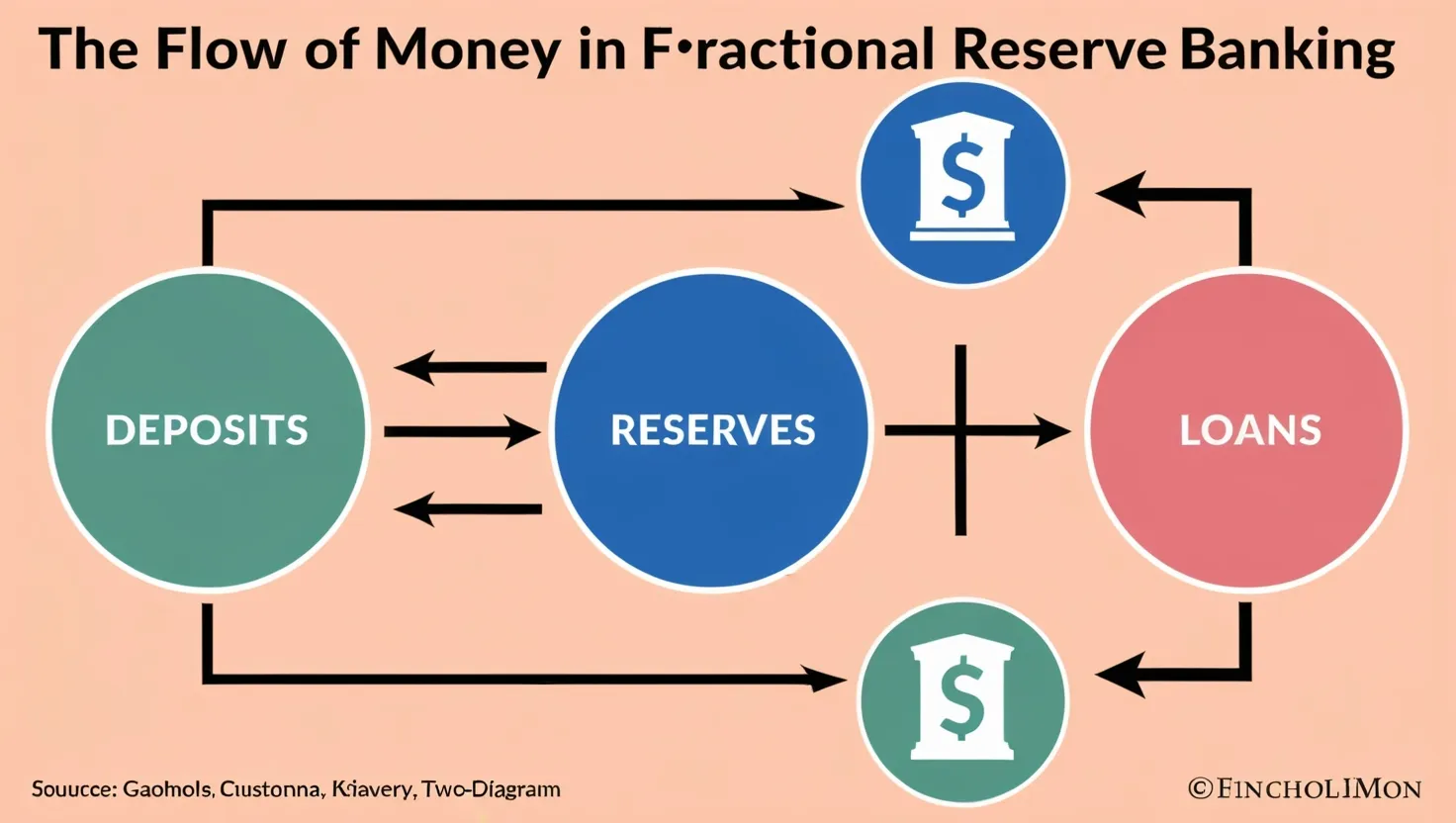When it comes to investing and building your wealth, it’s not all about making money; it’s about keeping more of what you make. Taxes can take a big bite out of your returns, but with the right strategies, you can reduce your tax burden and maximize your gains.
Let’s start with understanding the types of investment accounts. You’ve got your taxable accounts like regular brokerage accounts and then the tax-advantaged ones such as IRAs and 401(k)s. Taxable accounts give you more flexibility, but the catch is you have to pay taxes on the gains. For instance, if you sell an investment held for over a year, you’ll be hit with long-term capital gains taxes, which could be 0%, 15%, or 20% depending on your tax bracket. Sell within a year, and you’re looking at ordinary income tax rates.
On the flip side, you have traditional IRAs and 401(k)s. These accounts let you defer taxes. You get a tax break when you put the money in, but you’ll pay taxes when you withdraw the funds during retirement. Roth IRAs and Roth 401(k)s operate differently. You contribute after-tax dollars, but the growth and qualified withdrawals are tax-free. The downside? Early withdrawal penalties unless you’re of retirement age.
Next up is asset allocation and investment selection. This is like splitting your eggs into different baskets, balancing risk and reward based on your goals and how much risk you can handle. A neat trick is to hold tax-efficient investments in taxable accounts and stash the less tax-efficient ones in tax-advantaged accounts. This reduction in tax bills while shooting for higher returns just makes sense.
Another smart move is the buy-and-hold strategy. By keeping your investments for the long haul, you won’t realize capital gains, which keeps Uncle Sam at bay. This also ties in with the broader belief that passive investing often beats active trading. Less stress, more money, and fewer taxes—a triple win!
Dumping funds into IRAs and 401(k)s can lower your taxes too. These accounts not only let you save for retirement but also shrink your taxable income for the year. This is particularly helpful if you happen to fall into a higher tax bracket, offering some considerable tax relief.
Long-term capital gains are another thing to keep in mind. If you hold an investment for over a year before cashing out, you get taxed at lower long-term capital gains rates. Depending on your income, these rates could be not even touchable, 15%, or at worst 20%. That’s a better deal than short-term tax rates.
Now let’s talk about turning lemons into lemonade with tax-loss harvesting. If you sell investments that have lost value, you can offset gains from other investments, lowering your tax bill. If your losses outdo your gains, you can even use leftover losses to offset up to $3,000 of ordinary income per year, rolling the rest over to future years.
If charitable giving is your thing, donor-advised funds (DAFs) can be a cool way to save money on taxes. You make a large donation, take an immediate tax deduction, and let the fund grow the donation tax-free. When you’re ready, the fund gives to charitable causes, and you feel great knowing you saved on taxes while doing good.
Roth IRA conversions can be another ace up your sleeve. By shifting funds from a traditional IRA to a Roth IRA, you pay taxes now, but down the line, your investments grow tax-free, and withdrawals are tax-free too—especially beneficial if you expect your tax bracket to be higher in retirement.
Municipal bonds also offer a tax-smart way to keep more of your returns. The interest from these bonds is usually not federally taxed, and sometimes it’s free from state and local taxes too, if you live where the bond was issued. This can lower your tax bill further.
How about starting a business? This can come with a heap of tax advantages. Business expenses can be deducted, reducing your taxable income. If you’re self-employed, you can save even more for retirement with a SEP-IRA or solo 401(k), both tax-deferred.
Health Savings Accounts (HSAs) can also be your friends. Contributions are made with pre-tax dollars, the funds grow without taxes, and withdrawals for medical expenses are tax-free. It’s like a tax-free piggy bank for healthcare costs.
Don’t overlook the power of tax credits, which directly slash your tax bill dollar-for-dollar. Look for credits related to education, child care, or home improvements. Staying updated on available tax credits and grabbing what you’re eligible for can give your finances a nice boost.
Proactive tax planning is key. Instead of waiting for tax season, regularly check in on your finances to find new tax-saving opportunities. Whether it’s deferring income, splitting income, or using specialized tax shelters, keeping an eye on your tax strategy year-round can pay off big.
Income deferral can shift income to a future year when you might be in a lower tax bracket. If a hefty bonus is on the horizon, see if it can be pushed to the next year. Income spreading, on the other hand, moves taxable amounts around to take advantage of favorable tax rates and can be handy for managing capital gains or severance pay.
Certain investments are tailored for tax efficiency. Mutual funds that minimize taxable distributions are out there, helping you keep more earnings. It’s all about positioning your assets smartly—put tax-efficient ones in taxable accounts and save the others for tax-advantaged spots.
While all these strategies can be DIY, often it’s worth consulting with a financial advisor or tax professional. They can tailor these tactics to your particular situation and ensure you’re on the right side of IRS rules. Some expert input can lead to some serious tax savings in the long run.
In summary, cutting down taxes on your investments and income is about smart strategies and constant planning. By understanding how various investment accounts work, practicing buy-and-hold investing, using tax-advantaged accounts, and employing multiple tax-saving tools, you get to keep more of your hard-earned money. Tax planning is ongoing and can lead to some significant benefits over time.






